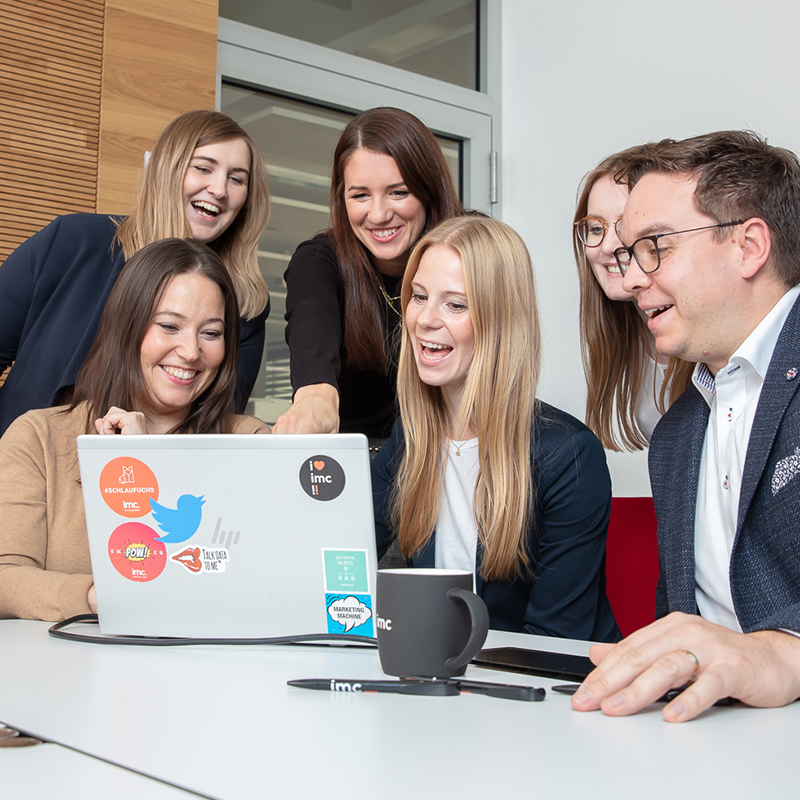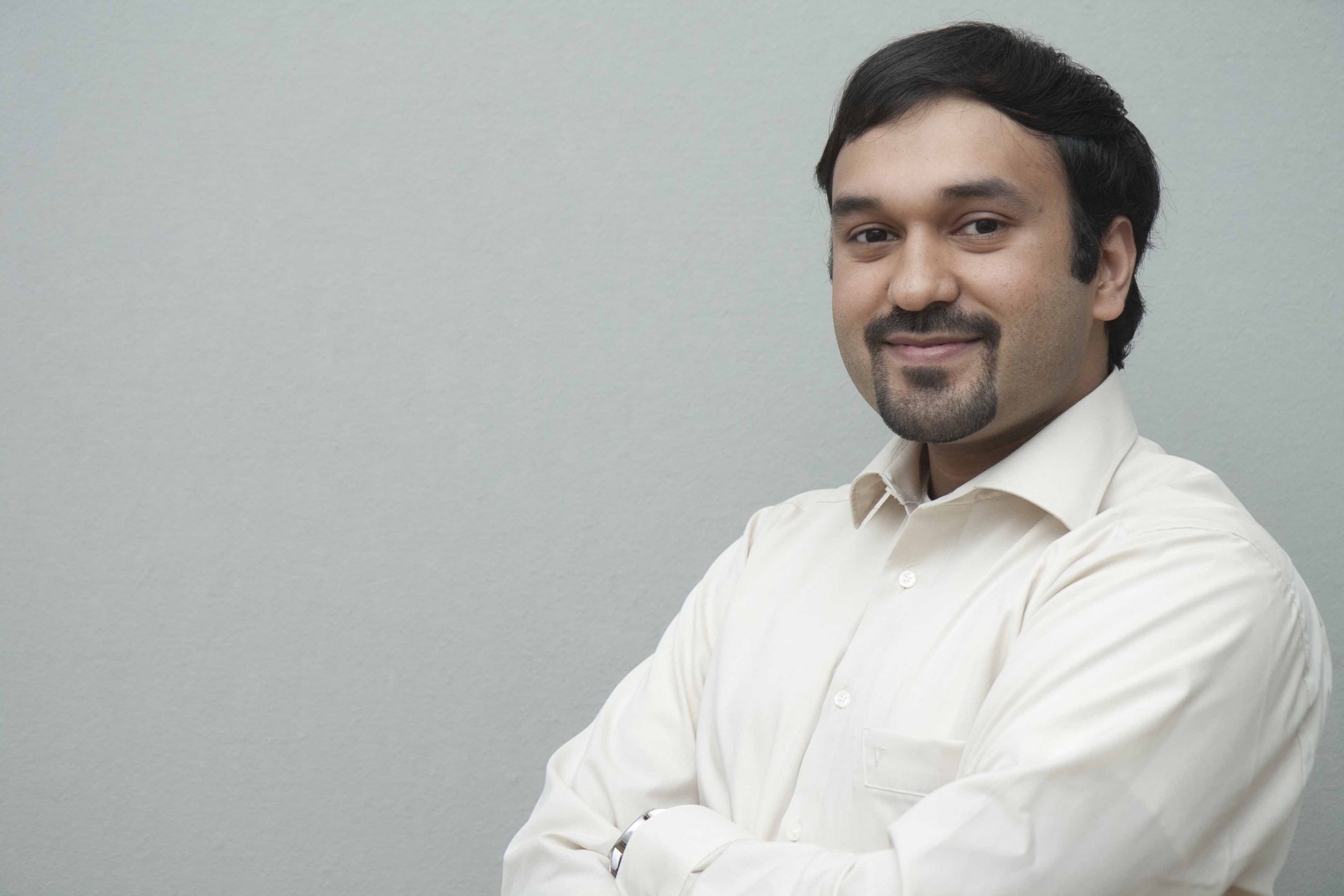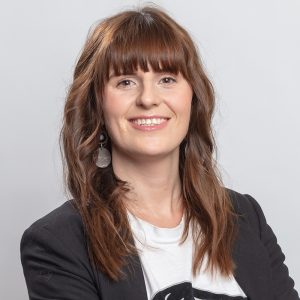
Diversity as a driver of creativity and innovation
20.05.2020
May 21st is the World Day for Cultural Diversity for Dialogue and Development. The goal behind this day, which was declared by the UN General Assembly in 2001, is to boost the public’s appreciation of cultural diversity.
This is why we at imc decided that it would be an excellent opportunity to honour and cultivate the cultural and skill diversity within our company, which is why some of our employees will be telling us more about their culture, their specialized working environment, and their various interests on the company’s Instagram account in the next few days. The campaign will end on May 26th (Germany’s official Diversity Day) with a special campaign day for employees that will include a keynote speech by Dr. Nida Bajwa on the subject of diversity and creativity – a highlight that we are already looking forward to. To put it in other words, we at imc are convinced of the fact that diversity has a positive influence on creativity and innovation.
In an interview Dr. Bajwa, who is a doctor of organizational psychology, reveals how a single quiet hour or a simple walk can help boost creativity, what research shows regarding the connections between diversity and creativity, and how you can bring your own creative ideas to life.

Entrepreneurship & Innovation Psychology Researcher, Saarland University
Many creative people are well aware of and fear one thing in particular: creative block. So how can you overcome that and be creative on demand instead?
Dr. Bawja: Needless to say, creativity isn’t something you can simply turn on and off, but you can still establish structures that will help you boost your own creativity. And while this may sound a bit counter intuitive at first, one good option is to have certain routines. Take, for example, a “quiet hour” at work, which can be taken every morning at the office. During this hour, you don’t check your emails. You leave the phone off. And by eliminating these sources of distraction, you can pursue your creative ideas and work without any interruptions for a full hour. Of course, it’s perfectly possible for someone to suffer from creative block even when all distractions are gone, so sometimes it’s necessary to use additional techniques to get things started. One of them is to write down anything that comes to mind regardless of whether it seems to make sense or not at first.
At this point, it’s probably also worth mentioning that not every creative thought or idea will necessarily be good, and that this is OK. Evaluating the ideas comes later. What you want at this point is to generate them.
You should also think about other things (such as music, relaxation techniques, etc.) that could help you boost your creativity and adopt the right mindset. And one last tip: Don’t forget to take breaks! If you’ve been caught up on a single topic for a while, it might make sense to take a break, leave the office, and take a short walk through the company or a walk outside during your lunch break. That could be the key to putting some distance between yourself and your task. Oh, and you can also try to view your task from a different angle and see if that helps you develop some new ideas.

Homogeneous teams produce homogeneous results – do companies need targeted diversity programs in order to boost creativity and innovation?
Dr. Bawja: Well, there are studies that show that diversity and creativity are related to each other. Kurzberg (2005), for example, showed that heterogeneous teams were actually able to generate more ideas. But just what exactly diversity needs to look like in order to truly result in greater creativity is not as clear: Is it about the team members’ diverse backgrounds? Or rather about different ways to approach problems? Right now, the latter is usually given more importance. However, it’s also important to point out that more heterogeneity can result in conflicts and frustration, that is, if the differences within a team are too big, members can be less satisfied and productive results may actually be affected adversely. And what this means is that it’s important to foster a good, open work atmosphere between team members.
From the stroke of inspiration to doing: How can we take our creative ideas and make them a reality?
Dr. Bawja: By being proactive and focusing on means and resources. I’m sure you are well aware that we have somewhat of a perfectionist in us, and sure, that can definitely help motivate us to really work hard at solving some problem or task really well. But at the same time, perfect solutions are simply not possible sometimes, and in those cases, perfectionism can prevent us from starting, continuing, or completing a task.
Now, it goes without saying that a large and complex idea can’t just be implemented at the push of a button, of course. Instead, you need to think in terms of (negotiable) partial goals. So it’s important to get in touch with these perfectionist impulses in order to keep your motivation going, but also to be ready for setbacks.
One common mistake is that people underestimate the amount of time that implementing an idea takes. And what that ends up doing, for example, is making it impossible to meet a planned implementation deadline because not enough time was scheduled for it. Now, it’s also important to point out that these mistakes are almost guaranteed to happen at some point, so what’s essential is to know how to handle them correctly. Basically, what you want to do is try and learn from your mistakes, which in this example would mean scheduling in more time for your tasks. Ultimately, this will spare you the frustration of making the same mistake over and over again.
Thanks for the interview!
